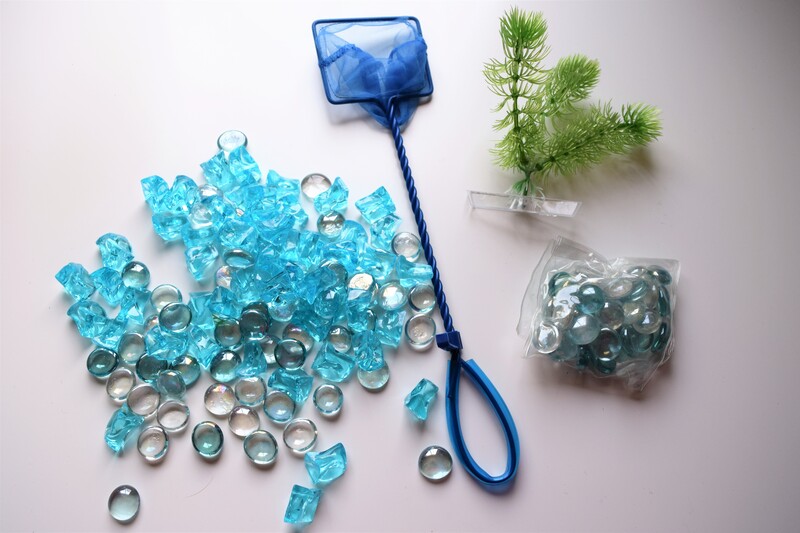Long-Term Storage Done Right: Sofa Preservation Tips
Preserving your sofa for the long haul isn't just about keeping its appearance intact--it's about safeguarding your investment for years to come. Whether you're remodeling, moving, or temporarily downsizing, ensuring your sofa emerges from storage in pristine condition is crucial. This comprehensive guide will walk you through sofa preservation tips for long-term storage like a pro, so your favorite piece of furniture remains as comfortable and attractive as ever.

Why Proper Sofa Storage Matters
Sofas aren't just functional pieces--they often hold sentimental value and tie together the aesthetic of your living space. Improper storage can lead to:
- Mold and mildew growth
- Pest infestations
- Fading and discoloration
- Structural warping
- Unpleasant odors
In order to maintain your sofa's beauty and longevity, you need thoughtful planning and attention to detail at every stage of the process.
Preparing Your Couch for Long-Term Storage
Clean Thoroughly Before Storing
The first step in effective long-term sofa storage is deep cleaning. Dirt, oils, and food crumbs attract pests and can permanently stain fabric or leather over time.
- Vacuum every surface, especially under cushions and along seams, to remove dirt, dust, and debris.
- Treat stains promptly with an appropriate cleaner for your sofa's material (e.g., enzyme cleaner for fabric, gentle leather cleaner for leather sofas).
- Allow the sofa to dry completely to prevent mold growth.
Disassemble When Possible
Reducing the bulk of your furniture eases transportation and helps prevent accidental damages. Remove legs, cushions, and any detachable parts. Store hardware in labeled bags, and keep assembly instructions handy for later use.
Protect with Proper Wrapping
Never use plastic directly on your sofa, as it can trap moisture and foster mildew. Instead:
- Wrap with breathable materials such as furniture blankets or cotton sheets.
- Cover every surface to shield against dust, scratches, and sunlight.
- Use plastic covers over the fabric layers for an added layer of protection (never directly against the upholstery).
Securing proper wrapping is essential for optimal sofa preservation during long-term storage.
Choosing the Right Storage Location
Climate-Controlled Storage Units
Climate control is a must for furniture storage, especially for wood and upholstered sofas. Fluctuating temperatures and humidity can cause:
- Wood warping and cracking
- Mildew and mold on fabrics
- Leather drying, cracking, and fading
If climate-controlled units aren't an option, at least select indoor and well-ventilated spaces. Basements and attics are less ideal due to moisture and extreme temperature changes.
Elevate Off the Ground
Keep your sofa above floor level to protect it from unexpected dampness, leaks, or pests. Use wood pallets or sturdy blocks to create airflow beneath and minimize surface contact.
Long-Term Sofa Storage Tips: Maintenance While in Storage
Allow for Air Circulation
When you arrange your storage space, make sure to avoid pressing the sofa flush against walls. Leave a few inches of space to help air flow and prevent mildew.
Regular Checks and Care
- Visit the storage unit periodically to inspect for signs of moisture, pests, or damage.
- Refit coverings if they've loosened.
- Wipe down any leather with conditioning products every few months.
- Avoid stacking items on top of the sofa to maintain its shape.
These practices will help ensure your upholstery remains as fresh as when you stored it.
Special Considerations for Different Sofa Materials
Fabric Sofas
- Use vacuum and fabric-safe sprays before storing.
- Store in breathable covers; avoid direct plastic contact.
- Consider adding silica packets to absorb moisture.
Leather Sofas
- Clean and treat with leather conditioner.
- Wrap in cotton or wool blankets for breathability.
- Avoid plastic as it can trap humidity, leading to cracking.
Wooden-Framed Sofas
- Polish or wax wood components for extra protection.
- Ensure a moisture-free environment to prevent warping.
Preventing Common Storage Issues
Mold and Mildew Prevention
The biggest enemy of long-term sofa preservation is moisture. To combat this:
- Store in dry, climate-controlled units whenever possible.
- Use dehumidifiers if the air is naturally damp.
- Check for condensation and leaks regularly.
Protection Against Pests
- Clean thoroughly before storage; crumbs attract rodents and insects.
- Use natural repellents, such as cedar balls or lavender sachets.
- Avoid using harsh chemicals that might affect your upholstery.
Prevent Sunlight and Fading
- Choose a storage area with minimal window exposure.
- Use blackout curtains if storing in your own garage or shed.
- Keep the sofa thoroughly covered at all times.
How to Pack Your Sofa for Moving to Storage
- Disassemble removable parts and keep hardware together in a labeled bag.
- Clean thoroughly and allow to dry.
- Wrap each section individually with padded, breathable material.
- Label each package for efficient unloading and assembly.
- When moving, lift rather than drag to avoid damaging the legs or frame.
Unpacking and Reconditioning Your Sofa
After a prolonged storage period, treat your sofa to a little TLC before bringing it back into your home:
- Remove all coverings outside or in a well-ventilated area to shake out dust or pests.
- Vacuum and wipe down all surfaces again.
- Wash removable cushion covers and allow them to air dry.
- For leather, apply another layer of conditioner.
- Inspect frames and joints for loosening or warping, and tighten where necessary.
- If a musty smell lingers, sprinkle baking soda, let sit for several hours, then vacuum.

Expert Sofa Storage Tips: Dos and Don'ts
Dos
- Do select climate-controlled storage whenever possible.
- Do use breathable packing materials and cover every surface.
- Do use pallets or blocks to keep sofas off the floor.
- Do check your unit regularly.
Don'ts
- Don't wrap your sofa directly in plastic.
- Don't stack other items on top that might deform its shape.
- Don't store in a damp or non-ventilated environment.
- Don't neglect regular visual inspections, especially after heavy rains.
Summary: Preserving Your Sofa for the Long Term
Mastering the art of sofa preservation during long-term storage isn't difficult if you approach it with care. Remember to:
- Clean and dry all surfaces thoroughly before you store your sofa.
- Disassemble and wrap securely using the right materials.
- Select a location with climate control and ensure airflow beneath and around your sofa.
- Check on your sofa periodically to prevent unwanted surprises and maintain the integrity of your furniture.
With these comprehensive sofa storage tips, your favorite couch will look and feel as good as new, ready to return to its place of honor in your home whenever you need it.
For more furniture care tips and tricks, bookmark this article and share with friends who value their home and comfort!



